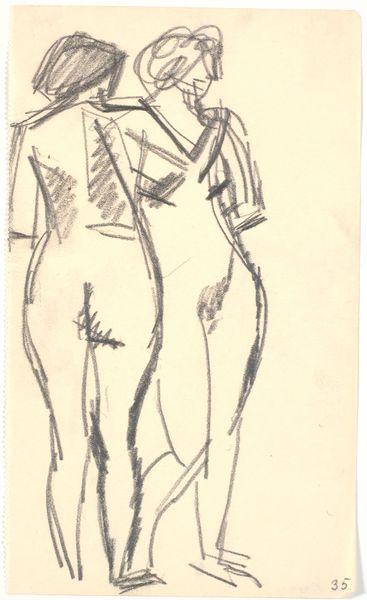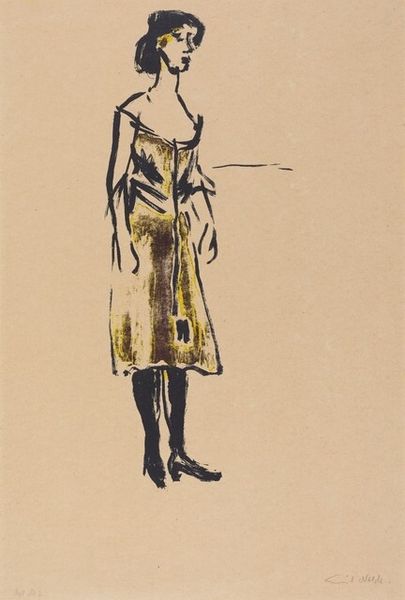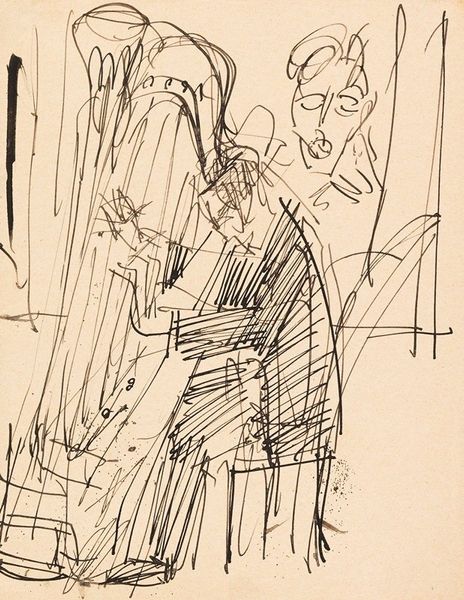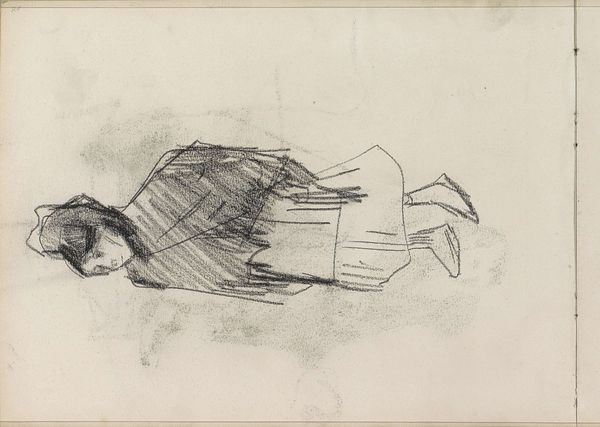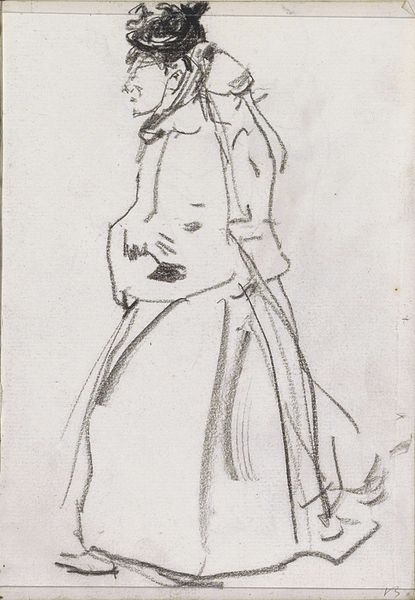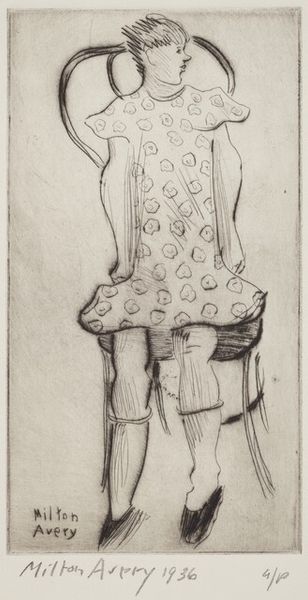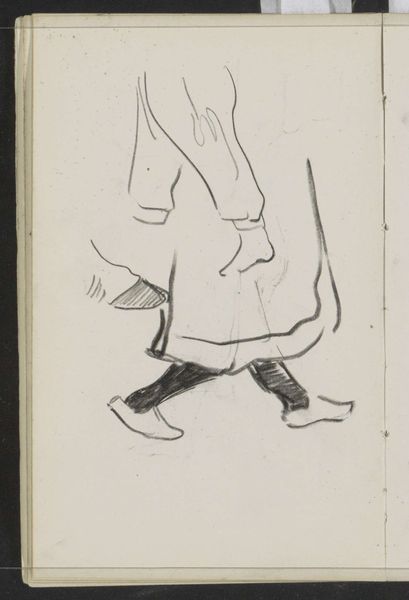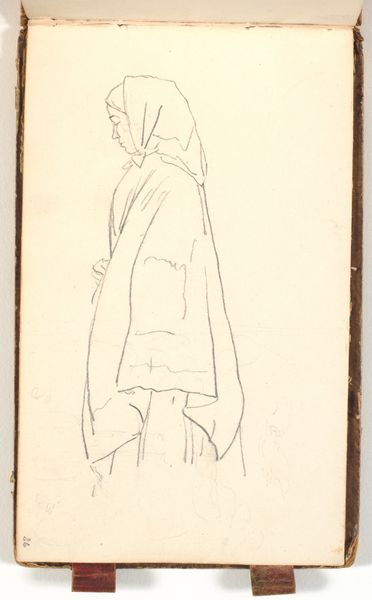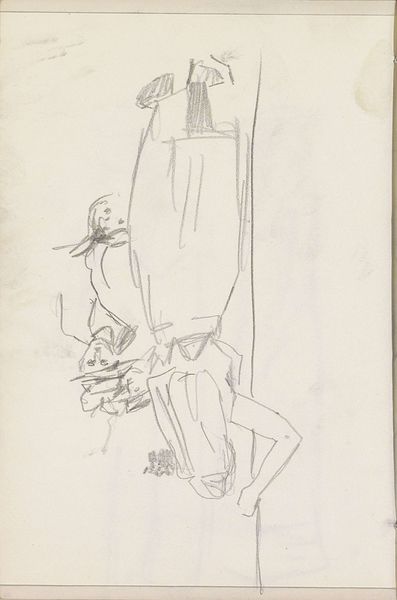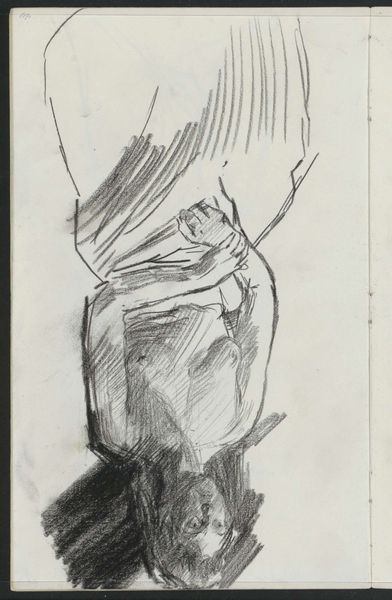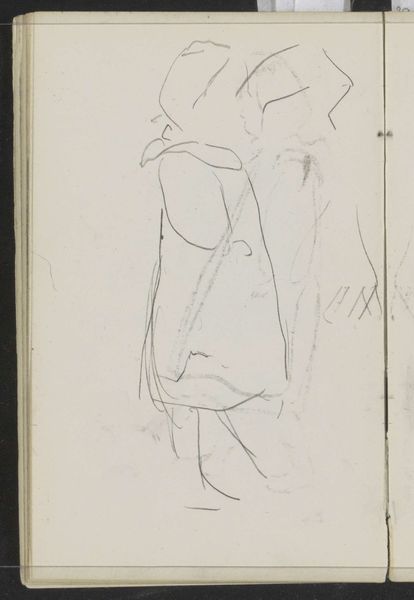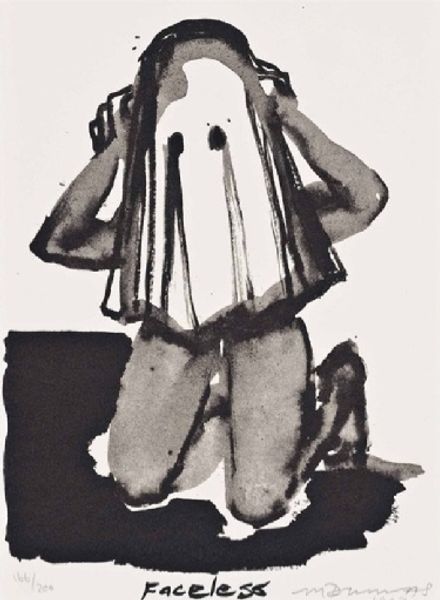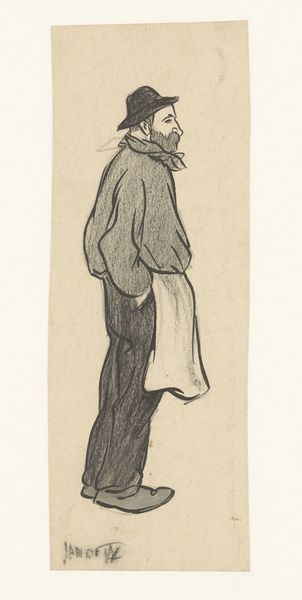
drawing, pencil
#
portrait
#
drawing
#
pen sketch
#
figuration
#
pencil
#
realism
Copyright: Public Domain: Artvee
Editor: So, this is "Girl with a Pail," a pencil drawing from 1879 by Winslow Homer. It feels quite simple and direct. I’m drawn to how quickly he seemed to capture the essence of this young girl. What do you see in this piece, from your perspective? Curator: I see a reflection of evolving societal roles and Homer's place within them. This isn’t just a portrait; it’s a snapshot of American life at the tail end of the 19th century, shaped by the artist’s own observations. Where would this drawing be exhibited and who was the intended audience? Knowing that helps contextualize it. Editor: Interesting. So the context of display influences how we should see it? I would have thought its "realism" was more straightforward. Curator: Exactly! Think about Homer's illustrations for *Harper's Weekly*. His artistic output wasn't detached; it was intertwined with the publishing industry, reaching a wide audience and subtly shaping public perception. Are we seeing a romanticized version of rural life here? Editor: Maybe? I hadn’t considered that it might be staged. That the artist might be influencing society’s idea about youth, or labor, or... Curator: Precisely. Consider the visual tropes – the simplified rendering, the direct gaze. How do these elements play into existing ideas about gender and class at that time? Is this just observation, or a deliberate narrative choice to further cement societal notions? Editor: It's a bit unnerving to think about how art reinforces power dynamics. Curator: Yes, and acknowledging it helps us move toward a more critical and nuanced understanding of artworks. Seeing a piece like this now, with its historical baggage, is a great reminder to always consider whose story is being told. Editor: Absolutely. This really opens up how I will examine art moving forward!
Comments
No comments
Be the first to comment and join the conversation on the ultimate creative platform.
